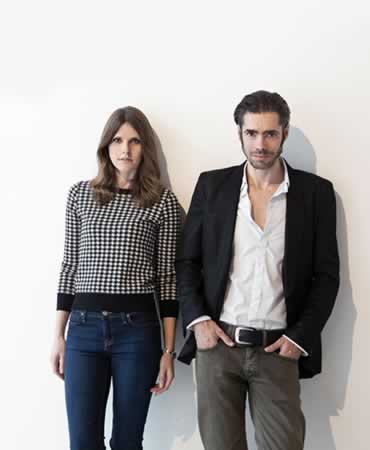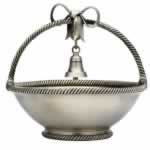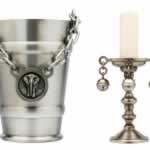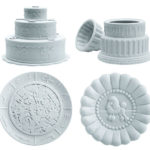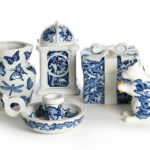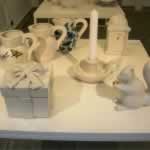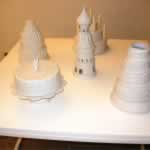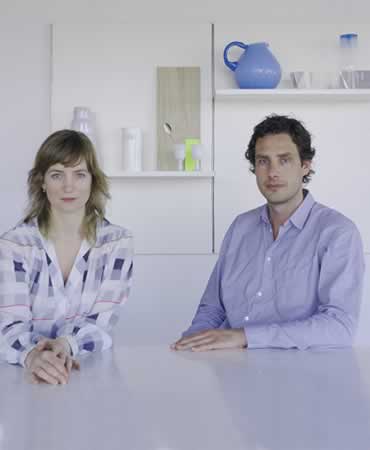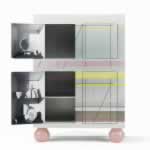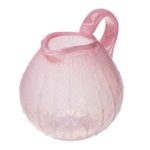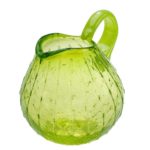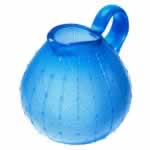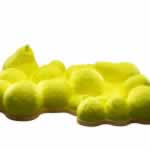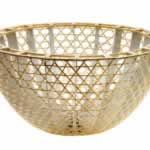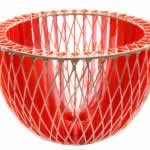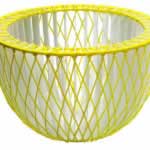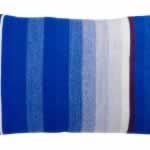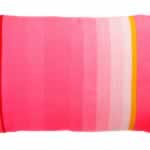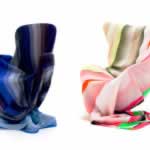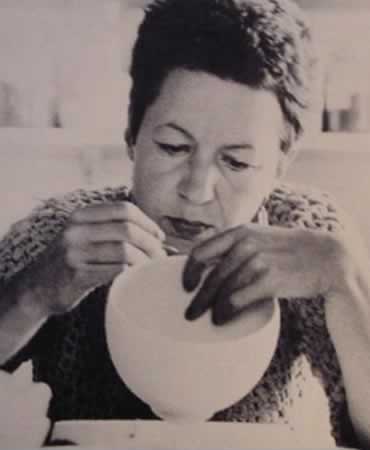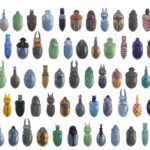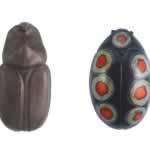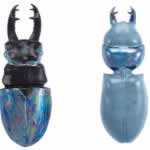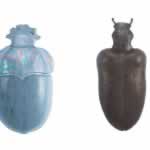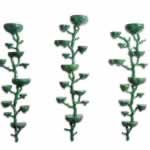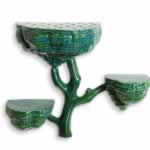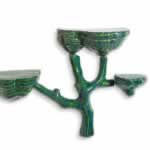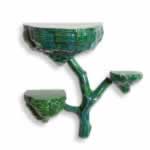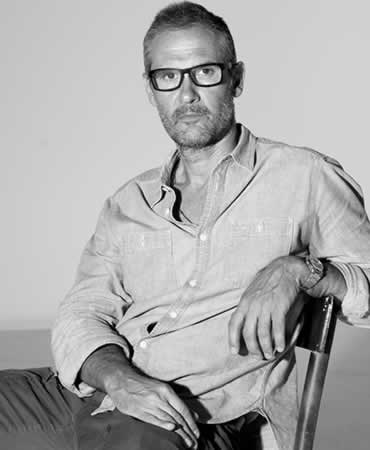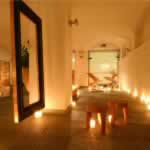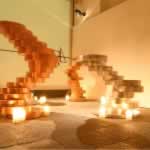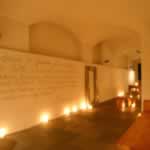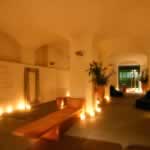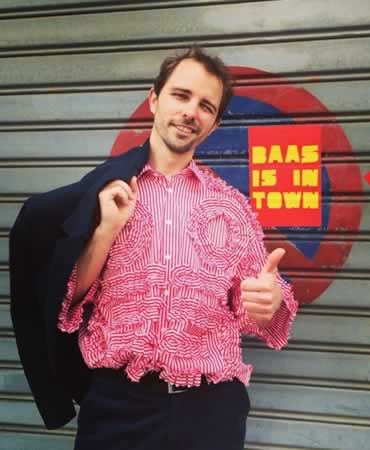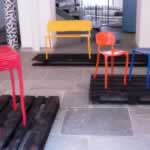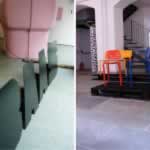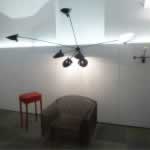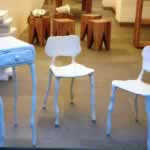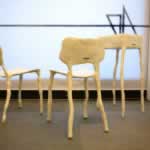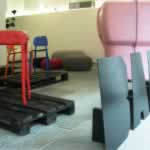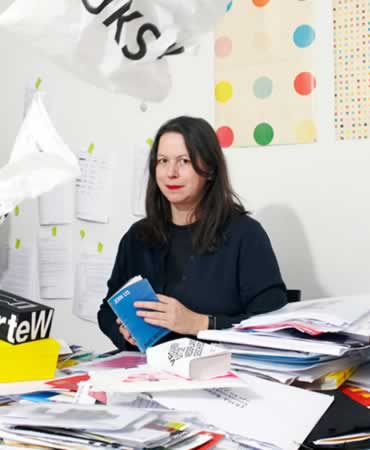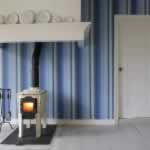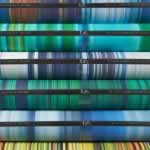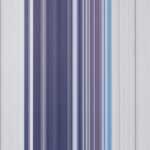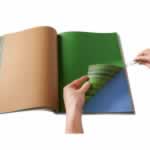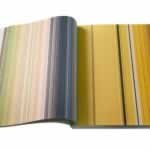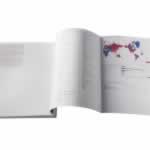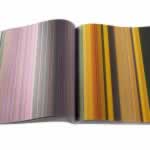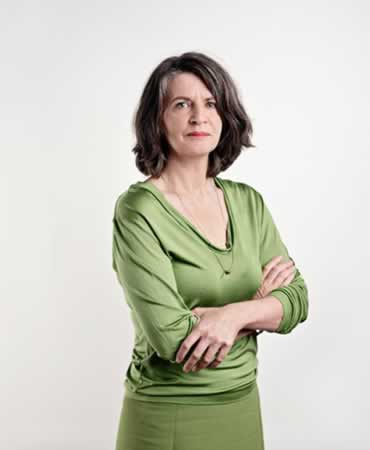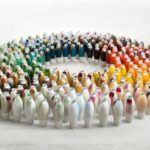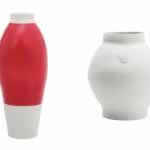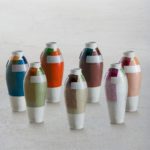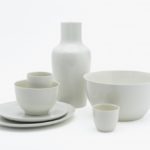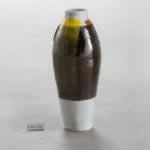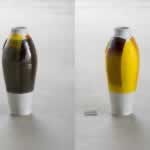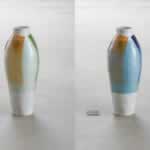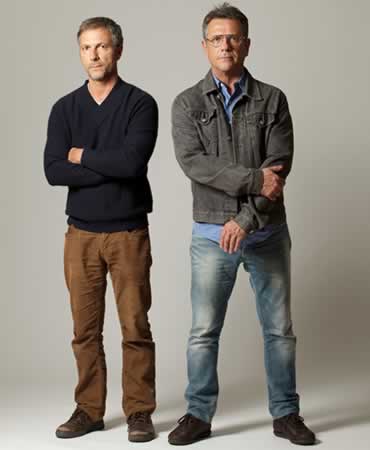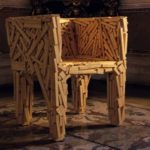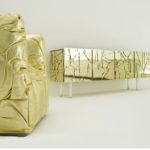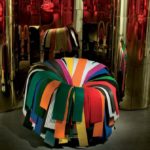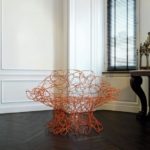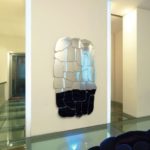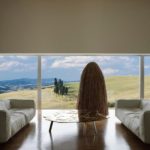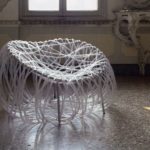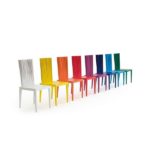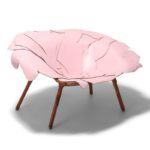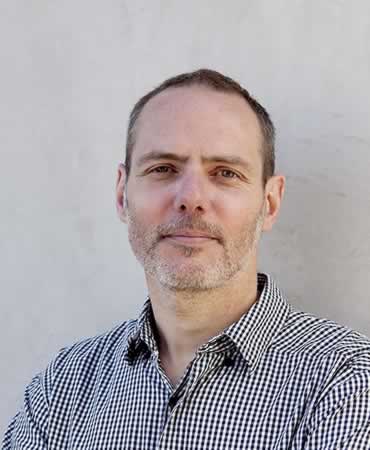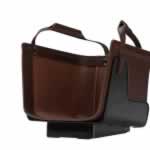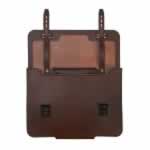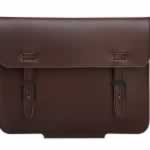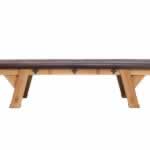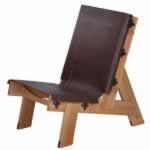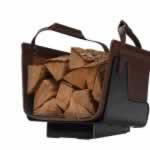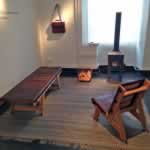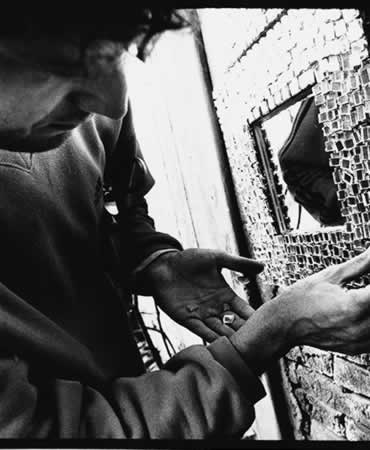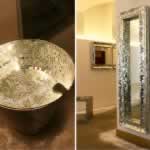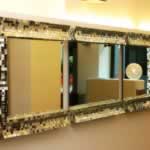The twin souls Job Smeets and Nynke Tynagel founded Studio Job in 2000, after studying at the Design Academy in Eindhoven and in a few years they became contemporary cultural pioneers, slowly revolutionizing common preconceptions about the distinct realms of art and design. Striving towards the creation of Gesamtkunstwerk, which sometimes translates poorly into “aesthetics”, but more precisely means a ‘synsthesis of the arts “or” universal works of art “, the Studio Job often refers to the aesthetic ideals of the composer Richard Wagner in their practice that tries to move towards the clearest and deepest expression of stories and mythologies.
Studio Job’s work is in the true spirit of the Renaissance in which techniques are exchanged and disciplines are ignored towards the creation of the new, where ideas and images are easily profused regardless of geographical or conceptual boundaries and are reproduced in something new, in which culture, spirituality and aesthetics converge in a single space, and where production and craftsmanship become a bridge between art and design, occupying and redefining the gray area in the middle.
Studio Job creates a type of work that addresses classic, popular and contemporary design and visual art. The symbolism and iconography that Studio Job creates is heraldic and regal even in its imaginary pop cartoon; an elegant but also instinctive and almost primordial work.
Job Smeets loves to call their style ‘New Gothic’ as evidenced by the perfectionism and uniqueness that have become one of the characteristics that define the studio itself, while Nynke Tynagel often talks about the work referring to a symphony orchestra, aligning their process of creation with the way that a cohesive musical piece was created by a great variety of different sounds, also remembering that each of the parts is of equal importance as it lends itself to the realization of the whole or of the universal graphics.
The studio includes traditional and contemporary artisans, professionals, industrialists from the production of furniture, sculptors and painters, specialists in cast bronze, colored glass, laser cutting and 3D printing, all in their different specializations, just like the aforementioned orchestra. Unique in its approach and extravagant in detail, Studio Job announces a new moment in the current conversation about the definition or lack thereof between the disciplines. Contrary to the contemporary ambivalence towards the decorative arts, Studio Job is revolutionizing the perception of gender, generating opulence, ornaments, complexity, maximalism, while at the same time it remains committed to a high level of craftsmanship.
Their production oscillates between limited editions and unique pieces for the most famous design galleries and museums in the world, the collaboration with famous design companies such as Moooi, Seletti, Lensvelt and Makkum and special projects such as the scenography for the concerts of the pop star Mika .
